The season 5 of ABB FIA Formula E kick-started with Antonio Felix DaCosta winning the inaugural race at the Diriyah, which is located on the northwestern outskirts of Saudi Arabia capital, Riyadh.
The season kick-started with qualifying after a quick practice. Qualifying was divided into two parts instead of the usual four parts. The first part included the top five finishers in the 2017/18 season combined with the Group Four to form Group A while the other group had rest drivers that are Group B.
Tom Dillmann topped the chart, however, overshooting the allowed time to register a lap, which led to his time being disqualified. Shortly after Dillman's lap, DaCosta went even faster snatching the pole.
The Race
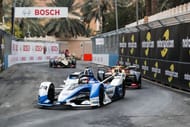
Formula E cars now have huge diffusers and the car is developed to be as aerodynamic as possible so that close racing can be possible - something which F1 cars have been lacking.
Drivers like Lucas Di Grassi have praised the efforts of making the cars race more closely fought, neck to neck. Unlike Formula One, Formula E is not predictive and literally, any team can win a race from practically anywhere.
The Graphics
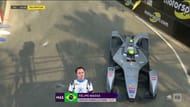
Formula E came up with innovative ways of graphical representation.
During the race and qualifying, different GIFs of drivers showed up every time someone got a penalty, DNF or won pole, the race, or got a podium finish respectively. The attack zone and the name of the driver were highlighted blue once they crossed it.
Attack Mode
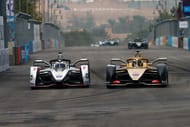
The all-new attack mode is a temporary boost of a 25kW that a driver achieves once he goes through a rectangular part away from the racing line thus being in a certain disadvantage from the car behind. However, the disadvantage neutralises as the driver attains a 4-minute boost and with an extra 25 kW power which is enough to get back the position.
Each driver has to go through attack mode twice thus creating a lot of strategies. Once the driver attains the attack mode, red LED lights will light up on the halo signifying that the attack mode is active.
In the last E-Prix, fans complained about the bad placement of the attack zone.
Fan Boost
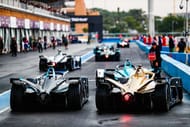
The concept was brought by Formula E. However this season, instead of 3, 5 drivers will get the fan boost. The boost would be 25kW extra. The short burst of power is decided on the basis of voting. 5 most voted drivers get the fan boost.
Fan boost lasts for just 5-second and when used with attack mode, it will take the power limit to full 250kW. During this time, the lights on halo will alter between purple and red.
However, the Fan boost, even though made to bring the fan-driver relationship closer, is biased and is clearly giving an unfair advantage to the popular drivers.
Safety and management
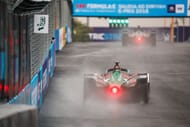
During the race, the race control was pretty unsure with their decisions
When Rosenquist crashed during the qualifying, the marshals got confused whether it was a yellow or full course yellow.
In the condition of a full course yellow, there can be a safety car or if the race control wants, they can make the lead car as the safety car. That way, the pace would remain constant.
Conclusion
There is no denying that Formula E is the future of open-wheel racing however it has a long way to go before becoming the future pinnacle of racing. Race marshaling and raising the attack mode power can be good for a start.
The positioning of the attack zone during Ad Diriyah Eprix was criticized a lot, however, that's what its role was - to provide a certain disadvantage in an advantage as discussed above. In fact, inefficient use of attack mode cost Mahindra's Jerome D' Ambrosio the victory and Tech Cheetah's Vergene a podium finish.
Formula E has surely grown and is one of the fastest growing motorsport event. Maybe, it's too early to judge FE, so let's see what else it has got in store.
